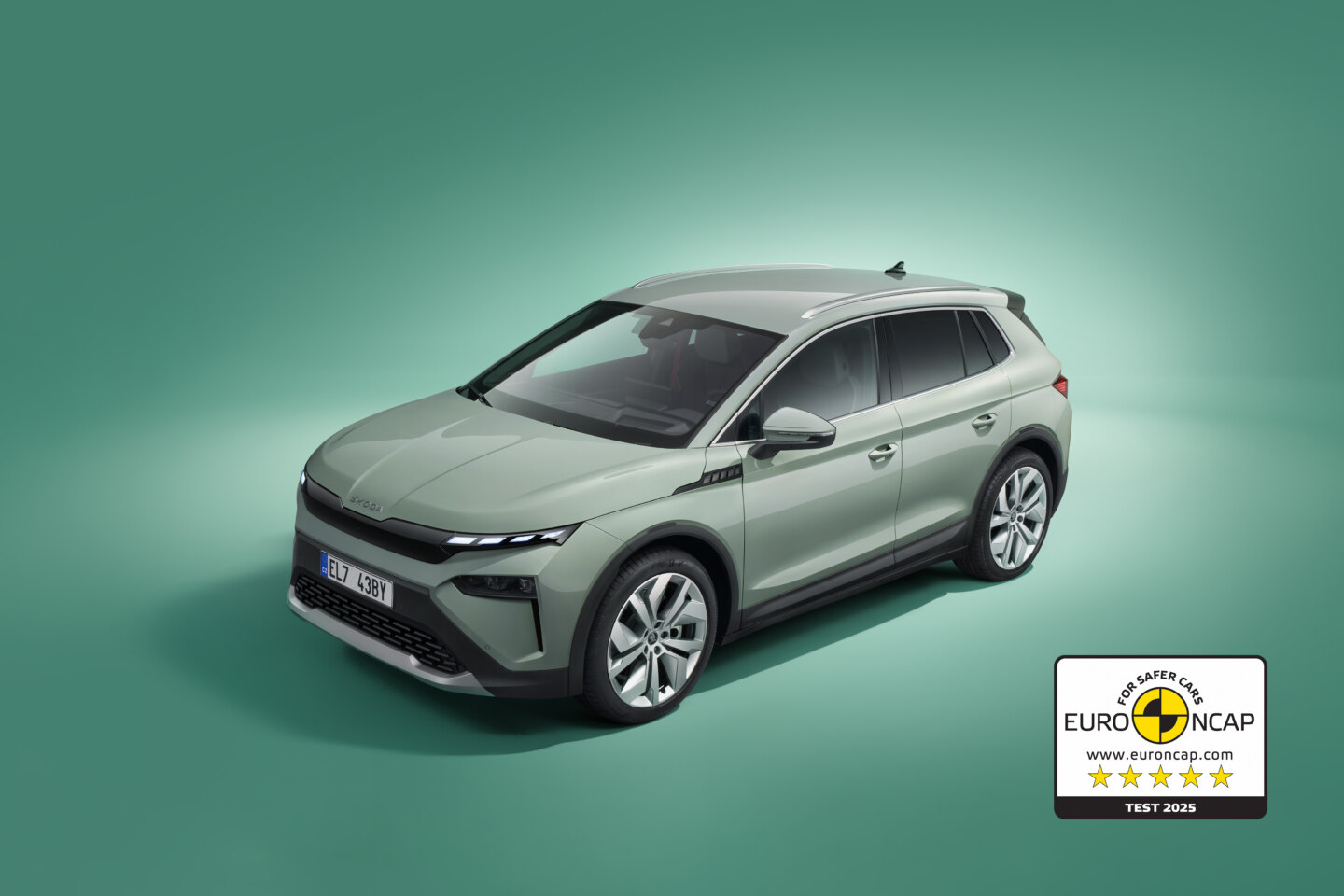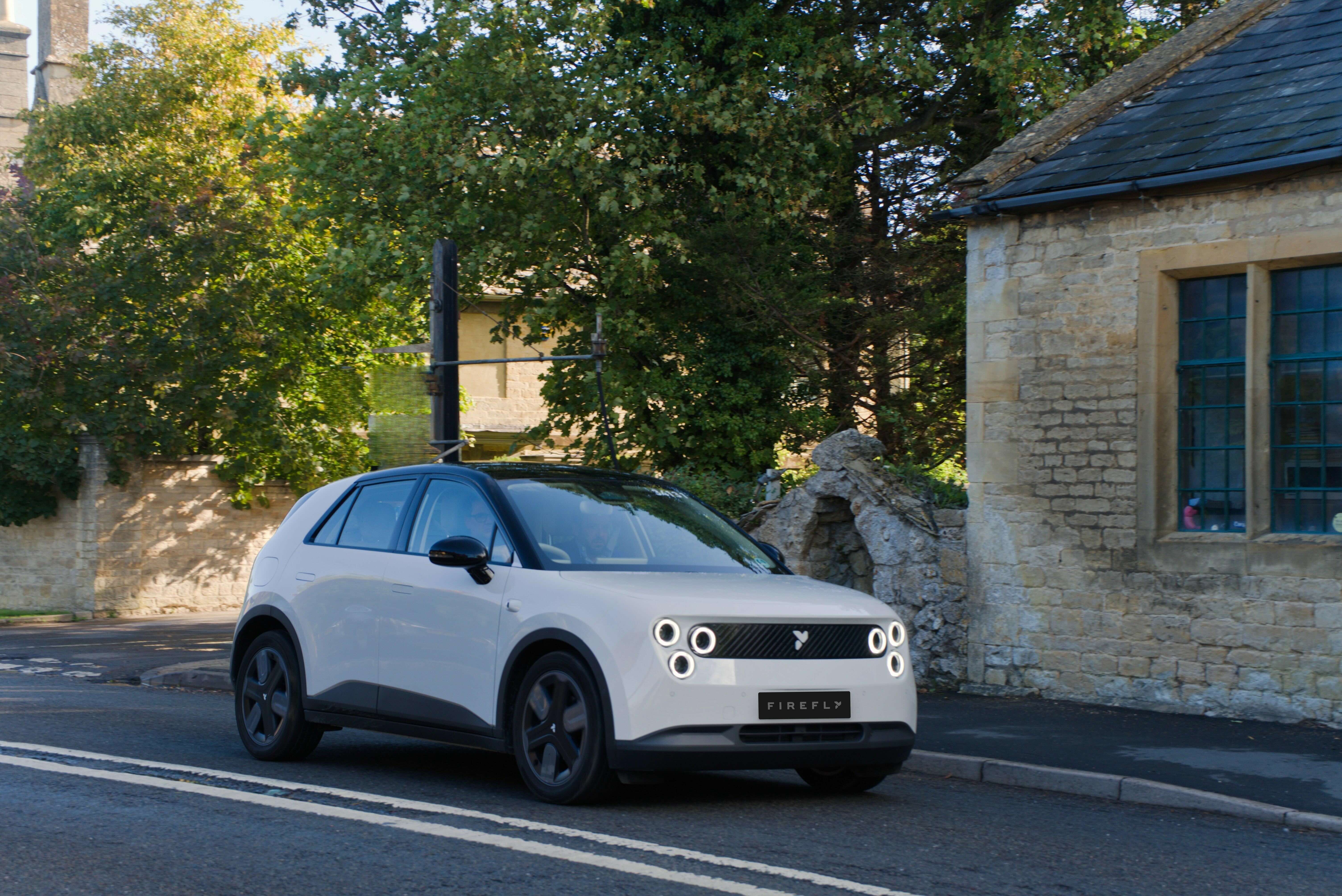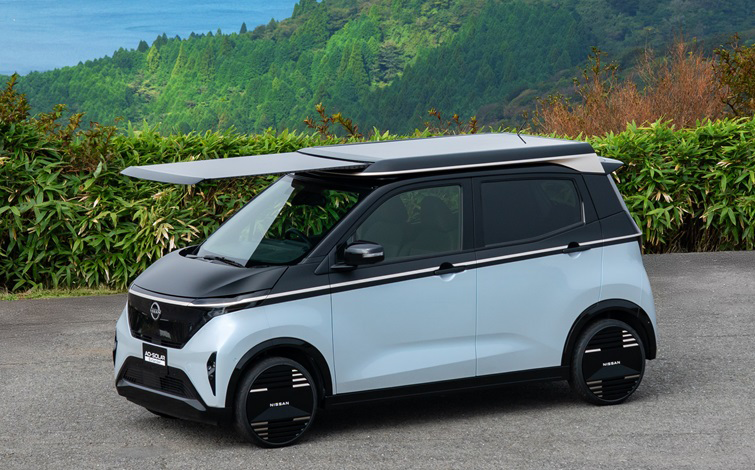In June the Tesla Model 3 was Europe’s second best-selling car, only behind the Volkswagen Golf.
Let’s see the sales chart.
Top 10 of best-selling cars in Europe in June 2021
- Volkswagen Golf: 27.247
- Tesla Model 3: 25.697
- Dacia Sandero: 22.764
- Renault Clio: 22.254
- Fiat/Abarth 500: 22.179
- Toyota Yaris: 21.698
- Volkswagen T-Roc: 21.576
- Opel/Vauxhall Corsa: 21.124
- Renault Captur: 20.168
- Volkswagen Polo: 18.789
Unfortunately, Tesla is the only automaker that sells in Europe electric cars that compete with ICE (Internal Combustion Engine) cars.
Currently, legacy automakers overprice electric cars to protect the sales of their ICE counterparts. They want to sell as many ICE vehicles as they can, while it’s still possible.
Volkswagen
- Golf: 27.247
- ID.3: 6.999 (26 %)
Renault
- Clio: 22.254
- ZOE: 8.217 (37 %)
Fiat
- 500 ICE: 17.196
- 500 EV: 4.983 (29 %)
Since it’s clear that Volkswagen doesn’t want the ID.3 to compete with the Golf for the first place anytime soon, it’ll have to be Tesla to bring a good electric compact hatchback and kick Volkswagen’s gassy ass in Europe. With the much-awaited Tesla “Model 2”, we might finally have an electric car leading the sales chart. Unless BYD does it first with the Dolphin (EA1) or the Yuan Pro…

How long will it take to see more electric cars in the top 10 of best-selling cars in Europe?
More info:

